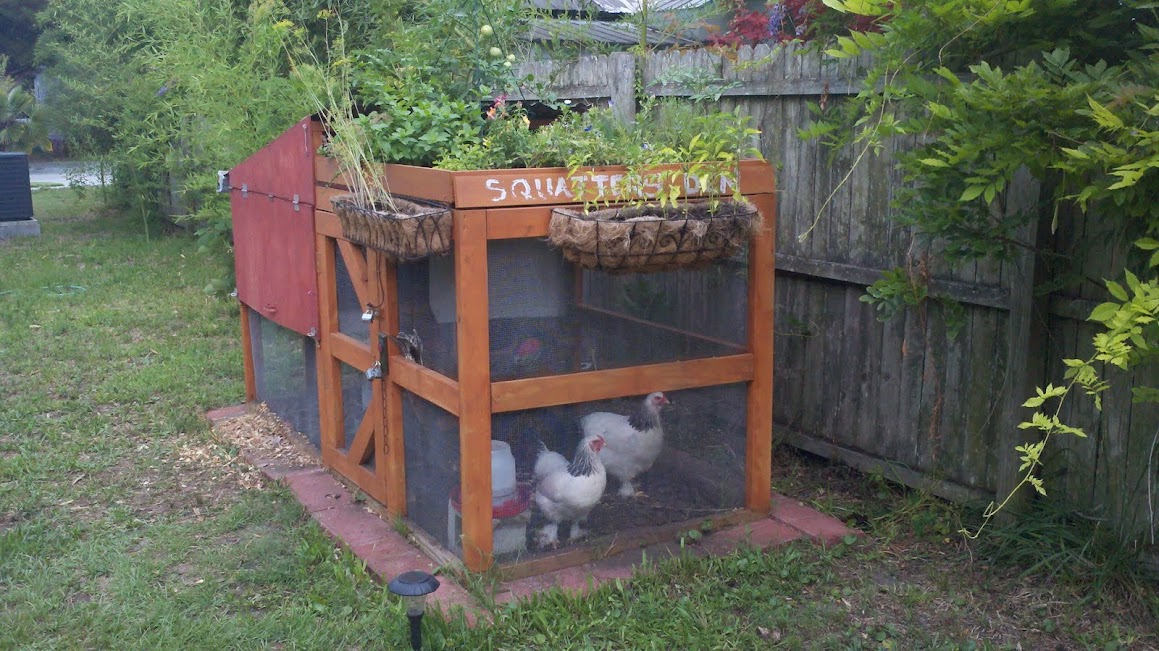
Food is a tricky. For some people, food choice is an essential component of cultural heritage and national identity. For others, food choice is a statement of philosophical or moral principles. For many, being able to reject food is an unobtainable luxury. One thing is certain: food is so central to the human experience that when we question our food choices, when we are forced (or force others) to change them, when we discover that the choices we make are not what we think they are, it is impossible to separate our food ethics from our social structure. Which is why seemingly trivial revelations–bugs in your coffee, meat made slime, or a fish by any other name–often result in major outrage and structural changes. Eating is simultaneously a deeply personal experience and one in which, for much of the developed world, we are completely detached from the source.
Enter “Pink Slime“. Technically termed “lean finely textured beef” or “boneless lean beef trimmings”, pink slime is a highly processed beef byproduct created from beef scraps–connective tissue, fat, sinew–remnants of cow stuck to the bone after the choice cuts are removed. The process of heating and mechanically separating these scraps from inedible bones produces a thick, pinkish paste that, aesthetically, looks unappealing. Pink slime is used as cheap filler for ground beef, and, while it is not necessarily unhealthy, it is relatively nutrient depauperate. Meals cut with pink slime aren’t going to kill you, but they are less nutritious. When pink slime made its social media debut earlier this year, the outrage was swift and vocal. Pink slime’s manufacture, Beef Products Inc., was no doubt caught off-guard by the extent of the controversy, but it shouldn’t be a surprise that issues surrounding our food inspire such passion. What was surprising was how people could be so shocked. “Pink slime” was not some secret ingredient being hidden from an unaware public. The product has been around for decades, clearly labeled as LFTB or BLBT, and was subject to the same FDA approval as all other meat products.
Is it possible that people could be willingly oblivious to something as personal as their own food supply?
Around the time that pink slime faded from the limelight, a new food issue came to light, spurred on by a group of people who tend to be extra-vigilant in their food choices: vegans. Starbucks, a franchise that occasionally serves coffee, updated their ingredient list for one coffee-like-product, their soy strawberry frappuchino, to include a food dye: cochineal extract. Cochineal extract is produced from insects, but this frothy finely textured coffee-like product (which, incidentally, could also be accurately described as “pink slime”) had been advertised as vegan. The outrage spilled outside of the vegan community as people were shocked to discover that their coffee-substitute contained, in addition to a whopping 420 calories, ground up bugs. Cochineal outrage isn’t new, every few year someone “discovers” cochineal in a food or cosmetic product and starts a mini-furor. This time, the outrage had emerged from the assumption the the product was something other than it was. It wasn’t just that there were bugs in our frou-frou drinks, but that they had specifically been marketed as vegan when they weren’t, taking the power to make food choices that reflect personal philosophy away from the consumer.
Is it possible that we are simultaneously concerned about our food choices and willfully avoiding learning too much about where our food comes from and how it’s produced?
And now we come to seafood. For several years now, various studies have revealed the the fish on your plate may not be the fish you ordered. Once filleted and processed, seafood is notoriously difficult to identify and the promulgation of market names (would you rather eat and orange roughy or a slimehead? Would you be surprised to learn that those are two names for the same fish?) makes it very hard to know what exactly you’re ordering when you order “bass”. I’ve personally participated in a informal survey of local sushi restaurants, using molecular tools to identify species (something you can do with sushi, not so much cooked meat), only to discover that in all but one case a tuna roll did not actually contain tuna (the one exception is the spicy tuna roll, which is made with “tuna scrape“, the fish equivalent of pink slime). The increasingly global market for seafood means that there are now numerous steps that a fish must pass through between the ocean and your plate. Each step is one more chance for that fish to be misidentified. With all of that, we haven’t even begun to address the intentional mis-labeling of seafood–something that happens, but is not nearly as well documented. We are faced with a situation where even if we want to make responsible seafood choices, the structure of the global fish market often makes that impossible.
Is it even possible to maintain a personal food ethic?
I think before we can even address that question, we need to identify the real problem. It’s not local versus global food production (although that’s part of it), it’s not a diet that disproportionately includes processed food (although that is also part of it), it’s not even a question of meat versus vegetables (there are plenty of agricultural and food choice issues that have nothing to do with meat). The problem is that we are detached from the production end of our food supply and often unwilling or unable to become informed consumers. Even locally, I have friends who, though they eat chicken, were shocked and disturbed to learn that we kill, clean, and eat our own chickens, as if it was somehow better to eat store-bought breasts where you don’t have to (literally) face your food. When these news reports come to light, highlighting the trendy food crisis of the moment, the shock rarely originates from how unsafe or unhealthy the ingredients are (those revelations only come after the product in question is investigated), but rather from the unsettling discovery that we have no idea where our food comes from, how it is produced, and how it gets to us.
There isn’t an easy answer.

I certainly don’t have one. Consumers need to invest time and energy into understanding the foods they choose to eat and deciding how that fits into their personal food ethic. Even then, that can only protect you from what you know. When our food is mislabeled, either intentionally or unintentionally, all bets are off. I can only tell you what I do while recognizing that solutions which are acceptable for me may not be acceptable for you.
My personal food ethic: I strive to minimize the environmental impact of my food consumption while maintaining a diverse, omnivorous diet that is conscientious of animal welfare, agricultural best-practices, and social and economic factors. I avoid judging others for their personal food choices.
How? I try to produce as much food as possible on my own land, through vegetable gardens and a small chicken flock. I fish, which removes many of the issues inherent in the global seafood market. I patronize local fishermen and fish houses and am fortunate enough to know who my local fishermen are and buy directly from the boat. I belong to a local CSA and frequent a nearby farmers market. I shop at big chain grocery stores when there are no other options. I try to learn as much as I can about particular food items. I try to avoid buying food that has to be shipped halfway around the world. I never tell people what they should or shouldn’t eat, but am more than happy to talk about why I made a specific food choice if asked. I do not always succeed.
Sometimes the option with the least environmental impact isn’t the best for animal welfare. Sometimes the best agricultural practice is the worst economically. Sometimes the meat option is better for the environment than the vegetarian option. When you food ethic is based on a combination of factors, there is no obvious, easy set of guidelines to follow, and sometimes you just need to eat the food on you plate, regardless of what it means.
Food is tricky.

Yeah, I wasn’t surprised or particularity put off by pink slime(unlike some people (http://www.youtube.com/watch?v=RBkwUt-bqIo). Good sensible article. My food rule: If Anheuser-Busch InBev makes it I don’t drink it.
I agree, people should want to know where their food comes from, rather than choosing ignorance followed by outrage when they find out the truth. I’ve working in agricultural research for several years (poultry primarily) and it never ceases to amaze me how little people know about their food. We do a poultry booth at the State Fair and people are often blown away to learn that birds go to market at 6-12 weeks of age, they think it takes years, or that body composition is a result of genetic selection and not hormones.
It is so shocking that people don’t know where or how their meat gets to their plates. People should be more informed of their food choices they make. A good place website to visit to see a glimpse of where your meat comes from is
http://meatvideo.com
My meat comes from the grocery store.
I am a chef and a fairly conscientious one at that, and I can honestly say that restaurants in general are food criminals. Whether a crappy fast food behemoth serving Bovine Spongiform Enciphaloburgers or a high end $225 per person multi course extravaganza, restaurants essentially put profit before people or the environment. Or anything. It matters little in the end whether the value menu burger is pink slime contaminated, if the “hand harvested diver scallops” across town actually come soaking in a can of sodium tripolyphosphate. True, there are a few establishments that have integrity, but most are merely second rate copy cats that can’t keep up, and care little whether that salmon belly goes into the trash or into your salmon tartare. Except for the lost revenue, that is. The amount of waste is staggering. Not just a few leaves of uneaten chervil stuck to your plate, but in finite wild animals like fish left to rot in a walk-in somewhere. Watch what you eat, and WHERE you eat it.